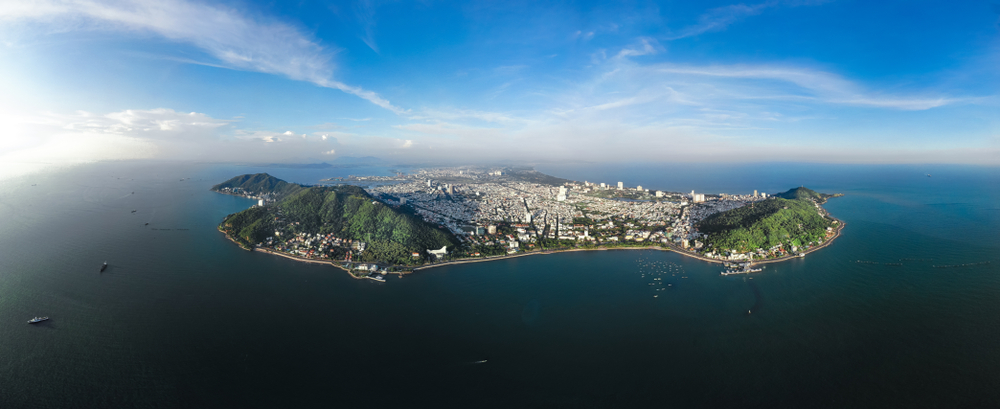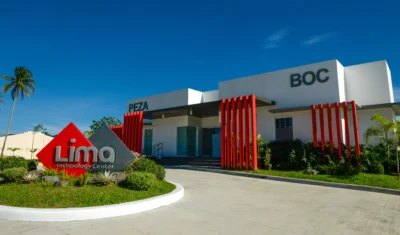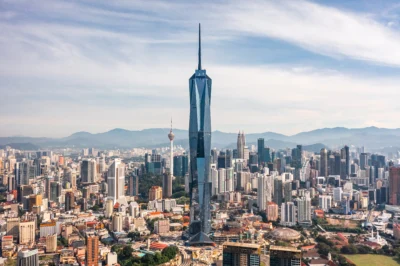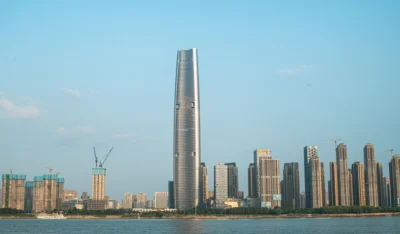Vietnam’s resort real estate overheats, affecting management and operations
The market’s investment and transaction volumes also increased by 42.1 percent and 25.8 percent YoY

Resort tourism in the Asia Pacific region, particularly in Vietnam, has been looking up in recent times, reported the Vietnam Investment Review.
In 2021, hospitality transactions in the region were worth over USD14.9 billion in less than 460 deals, according to a June report. As a result, this figure exceeded the five-year pre-pandemic average of USD14.6 billion. The market’s investment and transaction volumes also increased by 42.1 percent and 25.8 percent YoY, respectively.
In Q1 2022, investment volumes increased by 5.3 percent QoQ and 86.9 percent YoY to USD5 billion. To recover capital, more businesses are also liquidating non-core assets.
More: FDIs, M&A transactions drive real estate recovery in Vietnam
However, there is the issue of oversupply, because while the tourism industry has already recovered, many resorts remain empty — demand is still low as the number of guests booking rooms is still lower than expected, according to VietNamNet Global.
The competition among resorts for guests is fierce, and due to similar projects and similar locations, resorts mostly compete on price.
Compared to other regional countries, Vietnam’s resort real estate development is overheated, and it is already affecting management, operations, and the environment negatively.
Construction density is increasing rapidly, resulting in rapid market growth. It is unfortunately common for investors to rush to develop luxury and wellness products without prior knowledge of the field and without paying attention to factors that can affect the success of the project.
Many investors ignore quality and concentrate on quantity. Because of this, they end up using a copy-paste strategy, which results in a lack of focus on the projects.
VietnamPlus reported that the country’s coastal localities had to abruptly stop their tourism operations due to the pandemic. Therefore, from 2020 to 2021, the number of visitors plummeted by more than 80 percent.
Moreover, it also brought tourists to other destinations apart from Da Nang and Khanh Hoa, which include Ba Ria-Vung Tau and Binh Thuan.
The Property Report editors wrote this article. For more information, email: [email protected].
Recommended
6 developments driving Asia’s green real estate shift
Developers are being incentivised to push a green agenda into daring new realms
The Philippines’ LIMA Estate drives sustainable industrial growth
LIMA Estate models a citywide vision that uplifts workers while appealing to climate-conscious employers
Malaysia property market rebounds with foreign interest and growth
The nation’s property market is stirring to life, fuelled by foreign buyers and major infrastructure drives
China’s renewable energy surge redefines housing norms and development
From exporting solar panels to building entire green-powered neighbourhoods, China’s renewable surge is redefining housing norms







